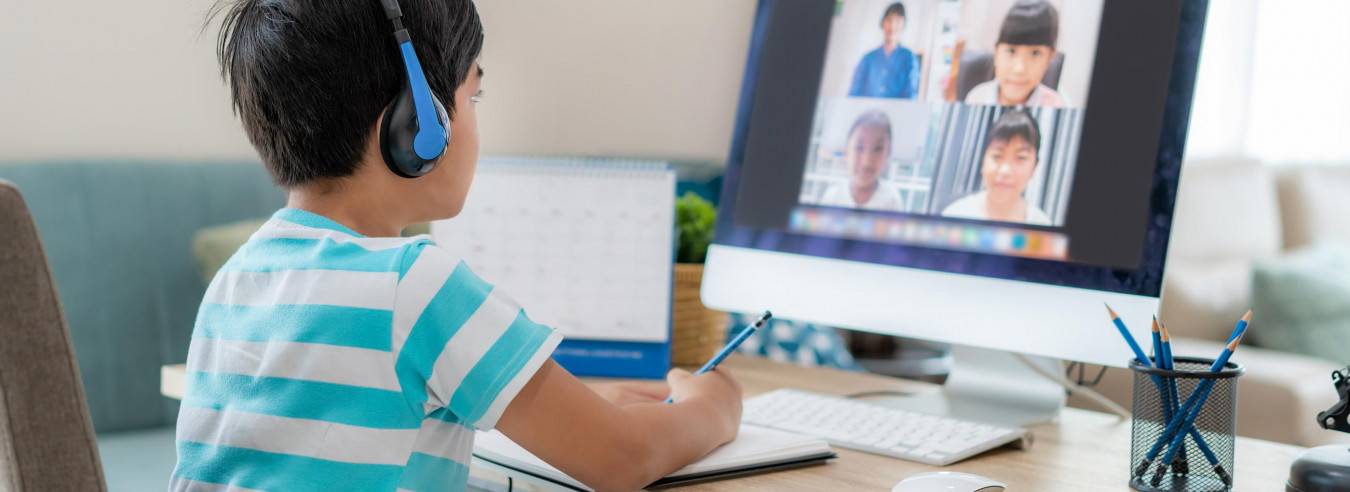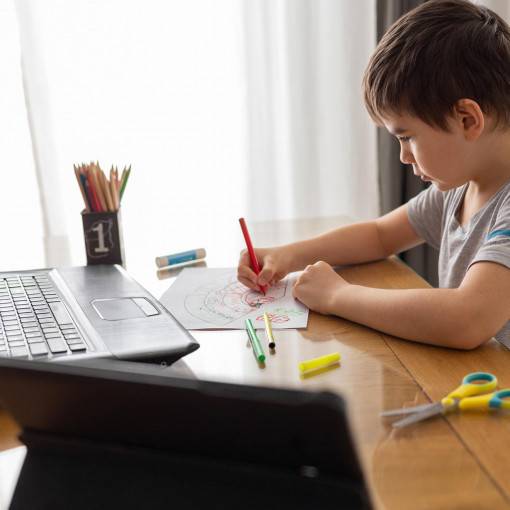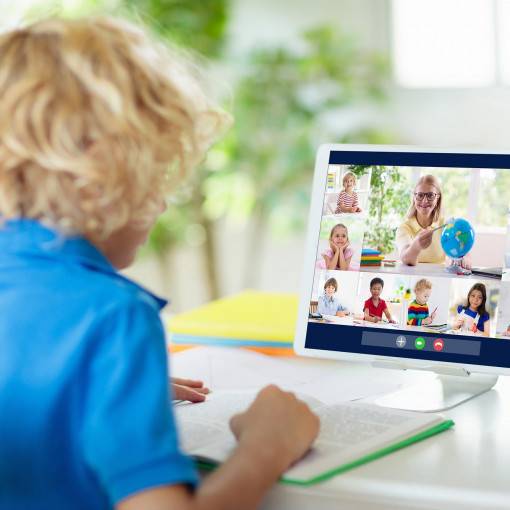
The Environment
The Prepared Home Environment
The environment is of the utmost importance in an authentic Montessori school. It is designed to meet the needs, abilities, interests, and development of the student. A Montessori education at home should adopt that same spirit. The student should enjoy a quiet, comfortable, dedicated learning space with a computer or tablet and an internet connection. Montessori materials are provided with enrollment and should be organized and easily accessible to the student. Montessori Methodology utilizes hands-on materials to clearly demonstrate abstract concepts in a concrete manner, so children become confident in their understanding of complex subject matter. When the student is provided with the tools necessary to focus, exercise independence, and grow in confidence, they are empowered to succeed. We call this the “Prepared Environment”.

Freedom Within Limits
In accordance with Montessori pedagogy, children engaged in Distance Learning should be afforded freedom within limits. Fostering independence is an important part of Montessori philosophy. During class time, emphasis is placed on the child’s learning and self-discovery where the teacher “guides” the lesson. Students work individually or in small, self-selected groups depending upon age, skill, and maturity. During offline “Practice Time”, they can select from “Work” that has been presented to them by the instructor. Educators work closely with students over the course of weeks and sometimes months to develop their mastery of the lessons and evaluate their readiness for the next. Educators check-in with students regularly to observe and assess the child’s choices during Practice Time; they are ready to step in with new challenges and offer guidance when students are unable to choose for themselves. In this way, Montessori children are put in charge of their own learning through their own exploration.

Structure and Order
While Structure and Order may seem at odds with Freedom Within Limits, the two work together to support the students’ growing independence, confidence, focus, respect for order, and sense of security. Structure and Order in the Montessori home reflects a sense of structure and order in the universe. By using the Montessori home as a microcosm of the universe, the child begins to internalize the order surrounding him, thus making sense of the world in which he lives. By optimizing the home environment for learning, students are empowered to find and utilize the tools they need. They also begin to understand the value of returning those tools to their proper places and cleaning up their workspace. Guides provide a regular weekly structure that provides consistency while empowering the student to make choices in what Works they practice and when.

Mixed Age Groups
An integral part of the environment is the community that resides within. Montessori Method builds a “family” unit within each class. As with most families, there is a range of ages that interact. Children are placed in classes based on their current capabilities, age, maturity, and experience with Montessori. Therefore, you may see students with comparable capabilities in a class but of varying ages. Students may progress past their peers should they demonstrate early mastery of subject matter. Typically, children remain together for several years, moving onto the next program when they demonstrate readiness to do so. Children learn at their own pace and students are not compared against one another in accordance with Universal Values.

Universal Values
Montessori Method also encourages the development of “Universal Values”. Through live virtual interaction during class and social time, educators focus on the development of appropriate patterns of polite behavior and instilling basic universal values within the core of the child’s personality. These values include self-respect, acceptance of the uniqueness of different people, kindness, compassion, peacefulness, honor, and individual responsibility. Children are encouraged to treat themselves, each other, and the wider community with kindness and respect. Insults and aggressive behaviors tend to be rare and are unacceptable.
